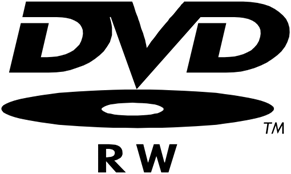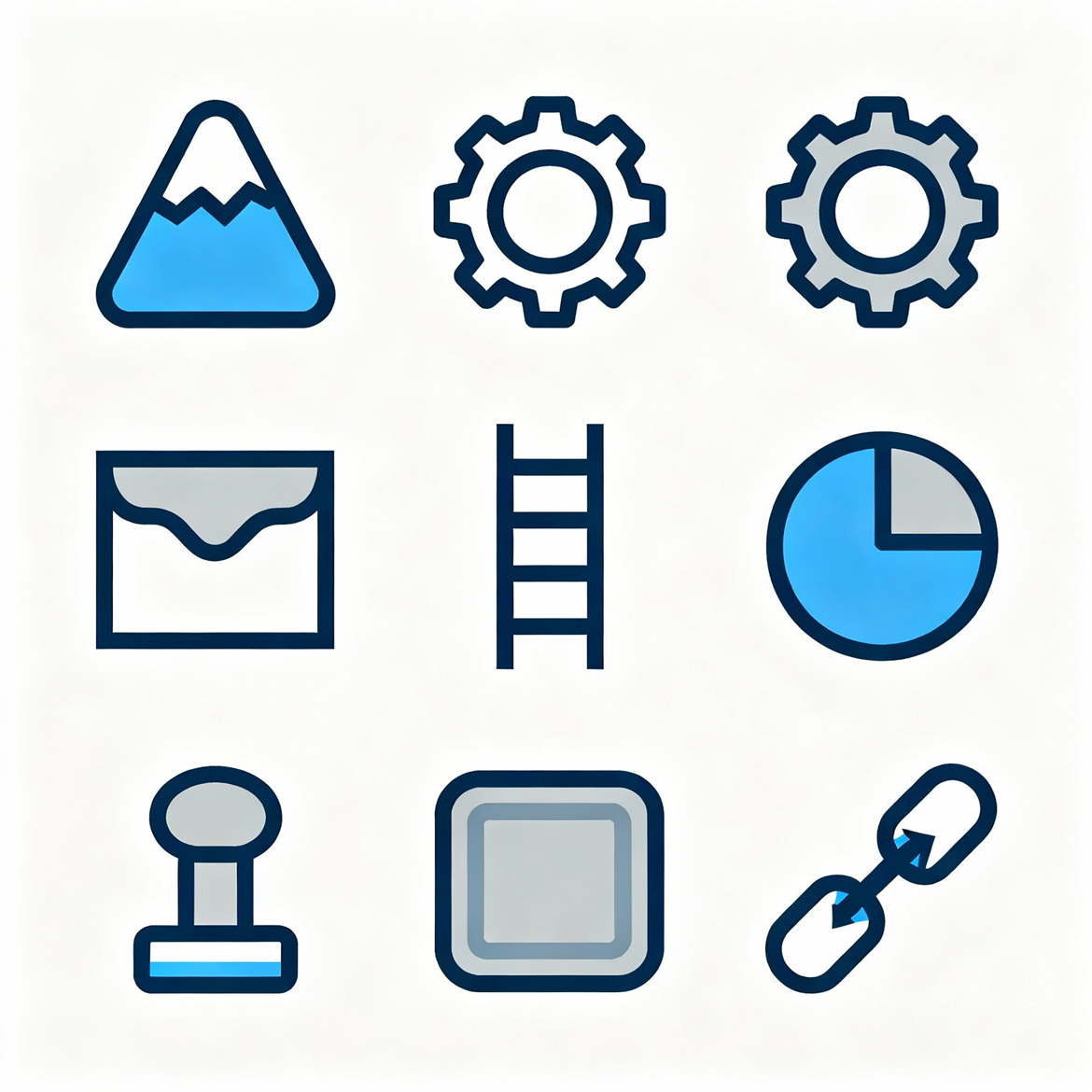Developer Related Tech Channels on YouTube

Here are some YouTube channels to check out
Developer Related
- Primeagen - High-energy, chaotic programming and tech commentary
- Theo - t3.gg - Funny, soft spoken, and deeply technical
- Nick Capsas - Clear, in-depth tutorials on C# and .NET development
- LaurieWired - Technical, educational content about reverse engineering, decompilation, and malware analysis
IMO Primeagen / Theo is a Coke vs. Pepsi preference. Nick and Laurie are also great.
Cyber Security / Cryptography / Digital Privacy
- Low Level - C programming, computer architecture, and cybersecurity
- Addie LaMarr - Cybersecurity, digital self-protection, career guidance, and neurodiversity advocacy
- Hak5 - Cybersecurity tutorials, ethical hacking, and cutting-edge penetration testing gear.
Agile / Development Process
- Modern Software Engineering - Thoughtful, expert-led discussions, tutorials, and case studies on software development best practices
General Tech
- Goda Go - Practical, accessible ways to use AI tools and build AI systems
- Shannon Morse - Tech reviews, cybersecurity and privacy tutorials, tech advice, and industry news
- Anastasi In Tech - Advanced hardware engineering, chip design, AI technologies, and semiconductor trends
Archiving Personal Data

The Problem
When was the last time the backups were refreshed? Old hard drives, SSDs, thumb drives, and USBs quietly ticking away on the shelf aren’t as safe as they seem. Over time all digital storage is vulnerable to data rot, where information degrades bit by bit, making files unreadable over years. This means valuable photos, videos, documents, and archives could simply vanish because the underlying media slowly fails.
Best Solution
The most reliable way to safeguard personal data is to keep multiple backup copies, using both cloud services and physical media. For everyday protection, automated cloud backups (ex. OneDrive or Carbonite) offer convenience and hands-off reliability. The downsides of these platforms can include ongoing costs and challenges with version control.
For longer-term peace of mind, optical discs like DVDs or Blu-Ray paired with archival-grade media stay stable for years. For added redundancy, create at least two physical copies and store them at separate locations—this way, even if one backup fails or is lost, another remains safe.
Limits of Optical Media
The practical lifespan of long-term optical media storage (CDs, DVDs, and Blu-rays) varies significantly based on disc quality, recording technology, and storage conditions. Quality CD-R and DVD-R media stored properly can often last 50 to 100 years, with some high-end archival-grade discs having theoretical lifespans well over a century. However, real-world lifespans may be shorter due to environmental factors and manufacturing variability.
Lifespan by Media Type
| Media Type | Typical Practical Lifespan | Best-case Lifespan |
|---|---|---|
| CD-R (Gold, Archival) | 50–100 years | >100 years |
| Audio CD (Read-only) | 50–100 years | >100 years |
| DVD-R (+R, Gold) | 50–100 years | ~100 years |
| CD-RW / DVD-RW / BD-RE | 20–50 years | Up to 50 years |
| Blu-ray (BD-R) | 10–20 years | Special archival: up to 100 years |
10 Software Engineering Laws (Gone Wrong)

I love this list by Signs of Triviality so I thought I would ask Perplexity for a few examples.
1. Conway’s Law
“You will ship your org chart.”
Spotify Example: Squads, Tribes, and Microservices
Spotify intentionally designed its organization into Squads, Tribes, Chapters, and Guilds – small, cross-functional, semi-autonomous teams responsible for specific features or functions of the product. This team structure mirrors the company’s modular, microservice-based architecture, where each service is independently developed, deployed, and maintained by the squad that owns it.
2. Brooks’s Law
“Adding manpower to a late software project makes it later.”
The Mythical Man-Month
One of the best-documented examples comes directly from Fred Brooks’s own experience managing IBM’s OS/360 project in the 1960s. As the project began to run behind schedule, management added more programmers to speed up progress. Instead, the project suffered further delays due to the ramp-up time required to train new developers and the exponential growth in communication overhead. This experience led Brooks to formulate his law in The Mythical Man-Month.
3. Zawinski’s Law
“Every program attempts to expand until it includes a web server. Those programs which cannot so expand are replaced by ones which can.”
A clear modern demonstration of Zawinski’s Law—the idea that “every program attempts to expand until it can read mail; those programs that cannot so expand are replaced by ones that can”
Example: Slack’s Expansion
Slack originally launched as a simple team chat app designed for fast internal communication. Over time, it evolved into a complex work hub by integrating file sharing, video calls, automation workflows, and a marketplace of third-party apps. This expansion gained users but also introduced feature bloat, with critics noting that Slack became less focused and more resource-intensive—an embodiment of Zawinski’s Law at work. The company expanded communication beyond chat, effectively trying to “read mail” in the metaphorical sense.
Continue Reading…